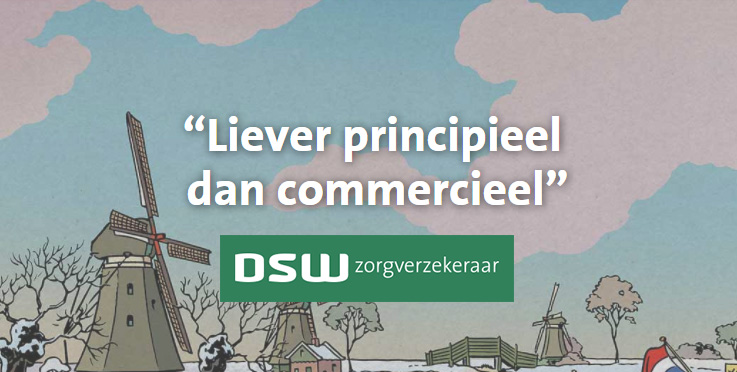Summaries per chapter with the 5th edition of Critical Thinking: A Concise Guide by Bowell - Bundle
What are the basic concepts about arguments? - Chapter 1
Often, we are confronted with arguments. Arguments are attempts to persuade people, to influence our beliefs and actions by giving us reasons to believe something. In this chapter, we'll discuss the core concepts in argumentation. Two key concepts in this chapter are the following:
An argument is a set of propositions of which one is a conclusion and the remainder are premises, intended to support the conclusion.
A proposition is the factual content that is expressed by a declarative sentence on a particular occasion. The same proposition could be expressed by different sentences.
In addition to this, the process of critical thinking and setting out arguments is discussed using a five-stage process.
When do we use arguments?
Arguments come in various forms and they make up a large part of our daily lives. If you develop an ability to understand others' attempts to persuade you and you can figure out their arguments, you can also see what the ‘good’ reasons are for doing or not doing something. But why is it important to get good reasons before you are persuaded? An important reason is that you can get closer to the truth this way. In addition, making good, well-founded decisions is sometimes of vital importance (just think of the decisions that a judge must make). Critical thinking is therefore important.
Every day we are bombarded with written and spoken messages (for example advertising) about what we should (or shouldn’t) do, buy or believe. This forces us to either ignore or accept certain messages without thinking too much about them, or, at the complete opposite, think very explicitly about them and our own behavior in buying or consuming things. In the latter case, they are making you look for a reason. However, we are not only looking for a reason for our actions or beliefs, but also for justification, or at least a good reason. Giving an argument indicates persuasion by giving good reasons.
How to recognize arguments?
Rhetoric refers to any verbal or written attempt to convince someone of something purely through the power of words, without attempting to give good reasons. It is thus not the same as an argument, which tries to give good reasons for doing or believing something. Officially, threats and bribery would also fall under the topic of rhetoric, but because the person who is convinced technically does have a reason to do something, these forms are often not taken into consideration. Rhetoric techniques can be manipulative and compelling but are not always undesirable (just think of President Obama's speech).
If a persuasion attempt does come in the form of an argument, this does not necessarily have to be a good argument. Analysing a persuasion attempt is done in three steps.
First, it must be considered whether an argument is presented by identifying the case in question.
Second, the argument must be reconstructed, clarifying the steps and form of the argument's reasoning.
Finally, we must evaluate the argument, and assess what about it is and is not correct.
All arguments can be seen as attempts to provide reasons to think that a claim is true. A single claim is not the same as an argument. An example of an unsupported claim is, for example, "it will rain later." When we’re speaking of an argument, it means the claim is accompanied by a supporting statement, for example: "it will rain later because my weather app says so." An argument therefore consists of two parts: the primary claim (the conclusion), aka what we want to convince others of, and the supporting statements (the premises). The definition of an argument is therefore as follows: a set of propositions of which one is the conclusion and the remainder are premises, intended to support the conclusion. Proposition refers to the actual content of a declarative sentence that can be expressed by multiple sentences.
What is the standard form of an argument?
Arguments for analysis are plotted in a certain form. The premises are put under each other in the order in which they occur in the thought process and are numbered with P1, P2, etc. A line is placed between the last premise and the conclusion (C) (known as the inference bar). This shape is called the standard shape. If you reconstruct an argument argument reconstruction is called the standard form. An example of this is:
P1) Helping someone to commit suicide is the same as murder.
P2) Murder is bad.
C) Helping someone to commit suicide is bad.
How to identify conclusions and premises?
To see if a speaker or writer puts forward an argument, the context is very important. Based on this you can interpret the intention of the writer or speaker.
A number of points are important for identifying a conclusion:
First, it is useful to identify and paraphrase the main point that the writer or speaker puts forward into one simple proposition. Some premises or conclusions must be rewritten, for example if they are put into question form.
In addition, it is important to remember that a text can contain multiple, extensive arguments that together lead to the main argument. It is also useful to pay attention to words that are known as conclusion indicators , such as 'so', 'therefore', 'in short', etc. If a text contains no indicators, it is sometimes possible to identify the conclusion by inserting indicators yourself. If these fit well, it is likely that you have identified the conclusion. However, when paraphrasing the argument, the indicators should be omitted.
A number of points are also important when identifying premises:
First, you can ask yourself what the reasons are for the speaker or writer to believe his conclusion.
It can also help to separate the rhetoric and non-relevant parts of the text from the actual content. You can also search for premise indicators , such as 'because', 'the reason for this is', ‘since’, etc. Just as with the conclusions, you do not use these indicators when paraphrasing.
Finally, it is important to pay attention to implicit premises or conclusions, for example if the speaker or writer assumes that, given the context, the audience is already assuming something in particular and the premise or conclusion thus isn’t worth mentioning.
How to distinguish arguments from explanations?
Words that function as indicators can sometimes be difficult to distinguish from words with other functions. For example, it is important to distinguish between arguments and explanations. For example, 'because' can be used to introduce both an argument or explanation. In the first case, an attempt is made to convince someone that something is like this (I think the tap is leaking because I hear it dripping into the bathroom), in the second case, it is already accepted that it is like this (The tap is leaking because it is rusting). This dual function also occurs when working with words such as 'therefore', 'so', etc.
What are intermediate conclusions?
Between conclusions (intermediate conclusions) are all of the conclusions drawn on the road to the main claim. Sometimes a text temporarily focuses on a part of the argument, where we can speak of inference from, for example, P1 and P2 to C1 and from C1 and P3 to C2. For example: "Diego is a cat. All cats are mammals, so Diego is a mammal. And because all mammals are warm-blooded, it follows that Diego is warm-blooded". In this argument, an intermediate conclusion is used, namely that Diego is a mammal. This intermediate conclusion is used as a premise for a further argument, namely the conclusion that Diego is warm-blooded. As such, we can write a structure with extended arguments, like this:
P1) Diego is a cat.
P2) All cats are mammals.
C1) Diego is a mammal.
P3) All mammals are warm-blooded.
C2) Diego is warm-blooded.


















